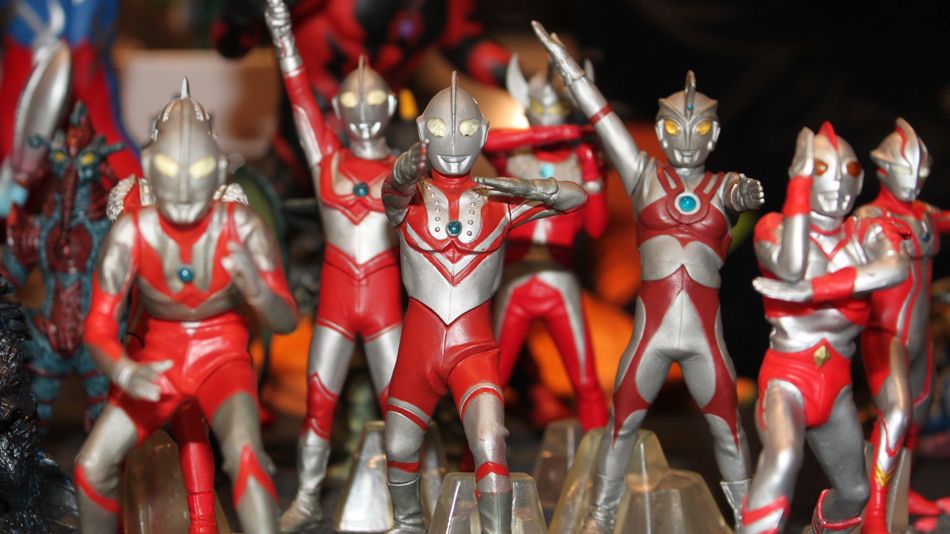Ultraman is the yin to Godzilla’s yang. Godzilla shows us that the individual is powerless. The most recent Godzilla film, Shin Gojira runs with that theme and portrays a nightmarishly destructive Godzilla that is only defeated by a team of civil servants working closely and efficiently. Ultraman, on the other hand, is all about the power of the individual. He super-sizes up the scale of the kaiju and takes them on with his bare hands. In Godzilla, society defends the individual but in Ultraman an individual defends society.
Fittingly both Godzilla and Ultraman can trace their lineage to special effects pioneer Eiji Tsuburaya. As the head of the Visual Effects Department at Toho, Tsuburaya helped design the Godzilla suit, invented suitmation, and birthed a powerful legacy of giant rubber monsters. With The Big G under his belt Tsuburaya had a lot of clout to throw around and in 1966 he threw that clout into a show called Ultra Q. At the time it was the most expensive television production ever realized. Ultra Q is a sort of near-surreal proto-X-Files packed full monsters, many of which were made from reclaimed suits used in Godzilla productions. It was an attempt to give Japan its very own Twilight Zone but became something much weirder. The episode Kanegon's Cocoon, for instance, is about a child that is mutated into a coin eating monster and Baron Spider is a sort of haunted house tale but instead of ghosts, the deceased residents of a mansion are reincarnated as giant tarantulas. Shout! Factory put the whole thing out on DVD in 2013 and I'd recommend any fan of classic genre television give it a look. It’s really something special.
Ultra Q ran for 28 episodes and then gave way to its, successor, Ultraman. Ultraman refined the appeal of its predecessor and focused almost exclusively on giant monster battles. It’s the story of a benevolent alien warrior that bonds with a deceased Science Patrol officer named Shin Hayata and protects the earth from evil space monsters. Ultraman was performed by Haruo Nakajima, the actor in the original Godzilla suit. Nakajima is actually responsible for developing Ultraman's unique fighting style as a way to make the character seem more otherworldly. The show was a huge success and has spawned several sequel series, starting with the beloved Ultra Seven and continuing to the upcoming Ultraman Geed.
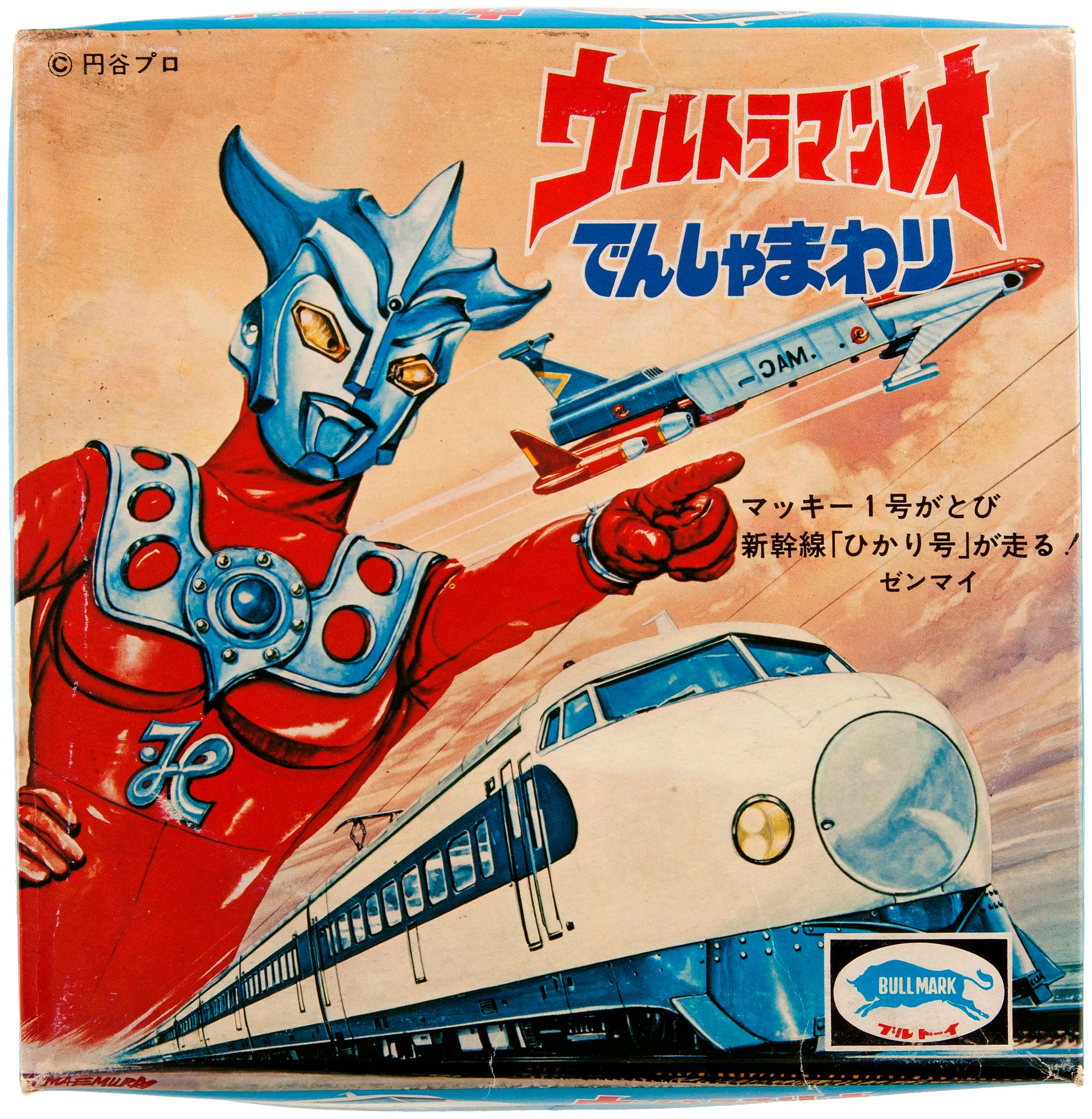
The earliest Ultraman toys were produced by a company called Marusan. Marusan is credited with making and selling the first domestically produced plastic model kits in Japanese history, which they called Plamodel. It’s not hard to draw a direct line between Plamodel and something like Gunpla, the widely successful line of Gundam model kits. That alone is an achievement worthy enough to ensure Marsan’s place in the grand history of Japanese toys and collectibles but their Ultra Kaiju figures are what we care about right now. Marusan actually started producing these soft vinyl or sofubi figures a year before Ultraman debuted. They produced figures for a number of the Ultra Q kaiju like the iconic Garamon. So when Ultraman took off Marusan was in a position to launch the first figure of the hero. These early Ultraman figures are charmingly inaccurate. There's something sweet and kind of dopey about the expressions Marusan cast them in and they all have their hands resting disapprovingly on their hips. I don't know what I did to disappoint Ultraman but I'm very sad that I did it. Their kaiju figures followed the same design philosophy and delivered a charmingly simple and impressionistic take on Ultraman's foes.
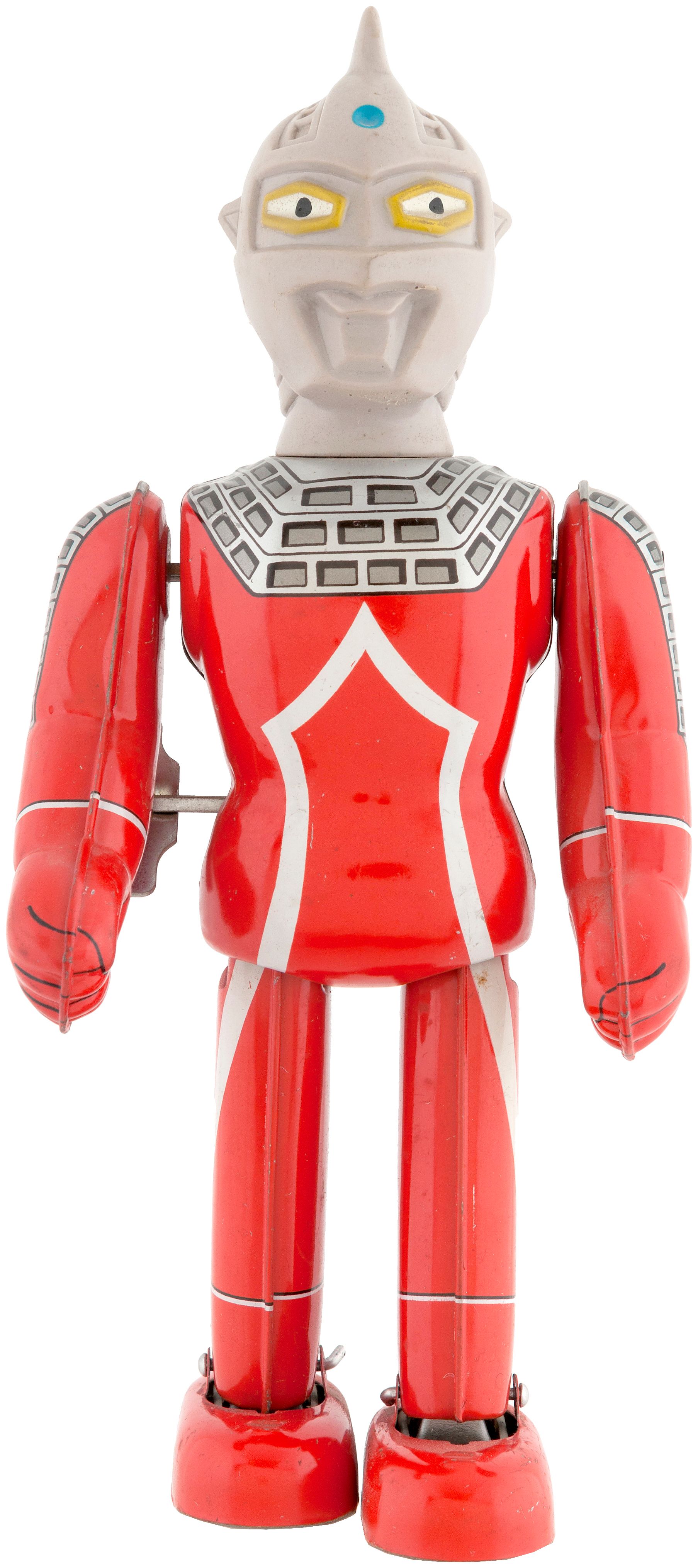
Marusan went bankrupt in 1968. The vinyl kaiju toys were so popular that two different companies rose from the ashes of Marusan to continue producing them, Marusan Co. LTD and Bullmark. Bullmark's are probably the most well-known and beloved of the bunch. Original Bullmark sofubi toys are still highly sought after by collectors and can fetch high prices to this day. In the 1990s, Bandai and M-1 began a series of reissues of classic Bullmark designs. These reissues proved popular enough that Bullmark's cofounder Saburo Ishizuki resurrected the company in 2009, a full 32 years after the brand had gone under. In addition to rereleases, the revived Bullmark has produced classic style figures of some of the newer Ultras like Zero and Victory.
The other major player in the arena of Ultraman vinyl figures is Bandai's Ultra Monster Series. Unlike the Marusan and Bullmark figures, these hewed a lot closer to the design and coloration of the suits used in the shows. While they lack the rough charm and technicolor paint jobs of the Bullmark figures they make up for it in sheer numbers. There are a dizzying amount of Ultra Monsters. The Ultra Monster Series also birthed the Ultra Hero Series subline in 1986 which focused on the Ultras themselves rather than their foes. Both of these lines were discontinued in 2013 and replaced with the Ultra Monster 500 and Ultra Hero 500 lines.
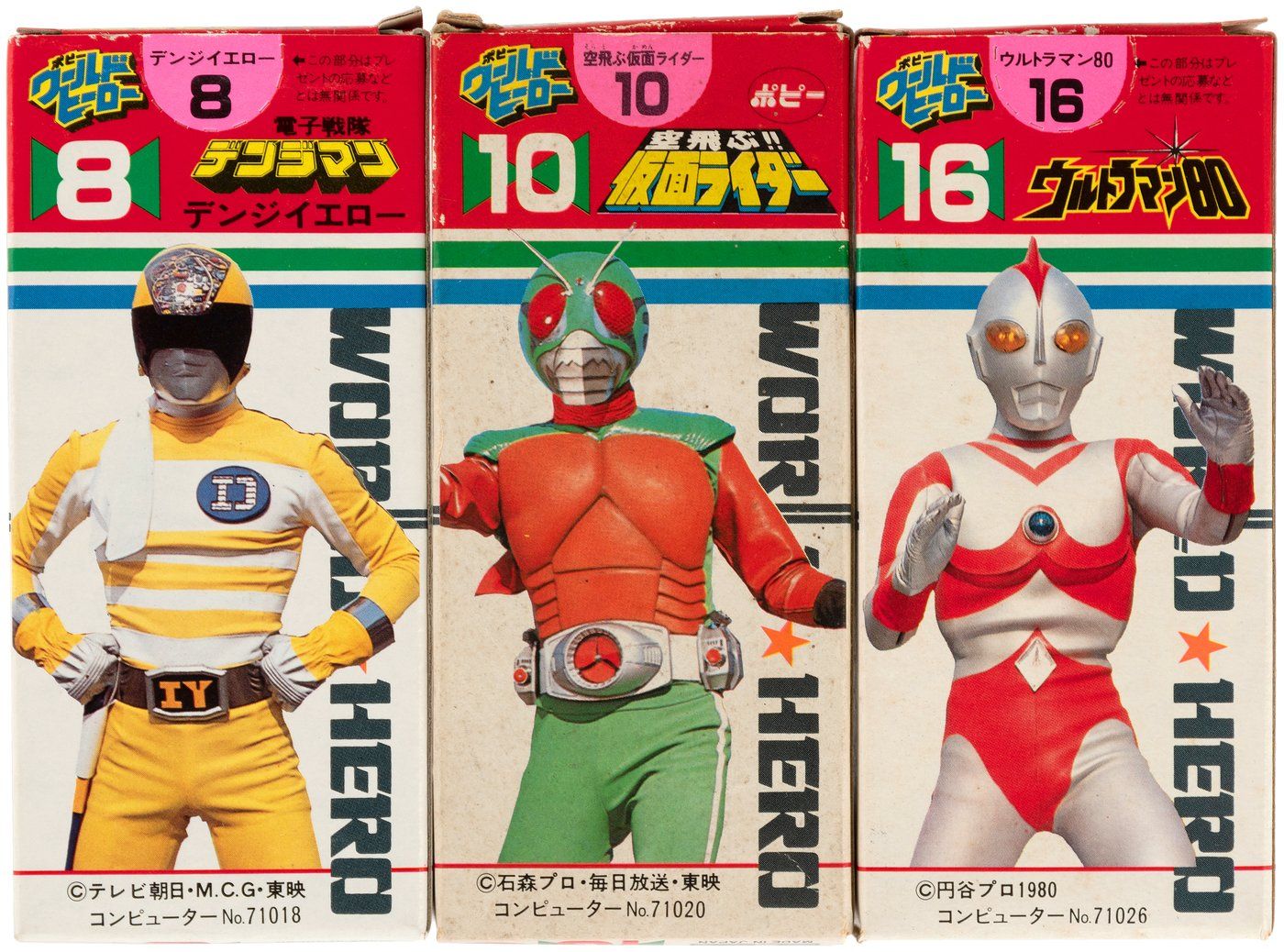
In 1980, Popy's World Hero line produced Ultraman figures in the 3.75" scale popularized by the Kenner Star Wars toy line. Popy hit the highlights with these, like the original Ultraman and the widely popular Ultraman Taro and Ultraseven. They also produced a figure for the then relevant, but ultimately less well remembered animated Ultraman Joneus. All of these figures could be toted around in handy carrying case shaped like the original Ultraman's massive head. Popy's Chogokin line gave us some diecast figures of the same Ultras as the World Hero figures in addition to the figure of King Joe, a robot that Ultraseven battled.
If you're looking for more modern posable figures then you're probably looking for Ultra-Act. These six-inch figures are released by Bandai and kicked off in 2010. They provide a nice mix of the older and newer characters. They take the accuracy and attention to detail of the Ultra Monster series a step further. Some of the later figures in the line are billed as a kind of crossover between the Ultra-Act and S.H. Figuarts lines, like the impressive 50th Anniversary Ultraman figure.
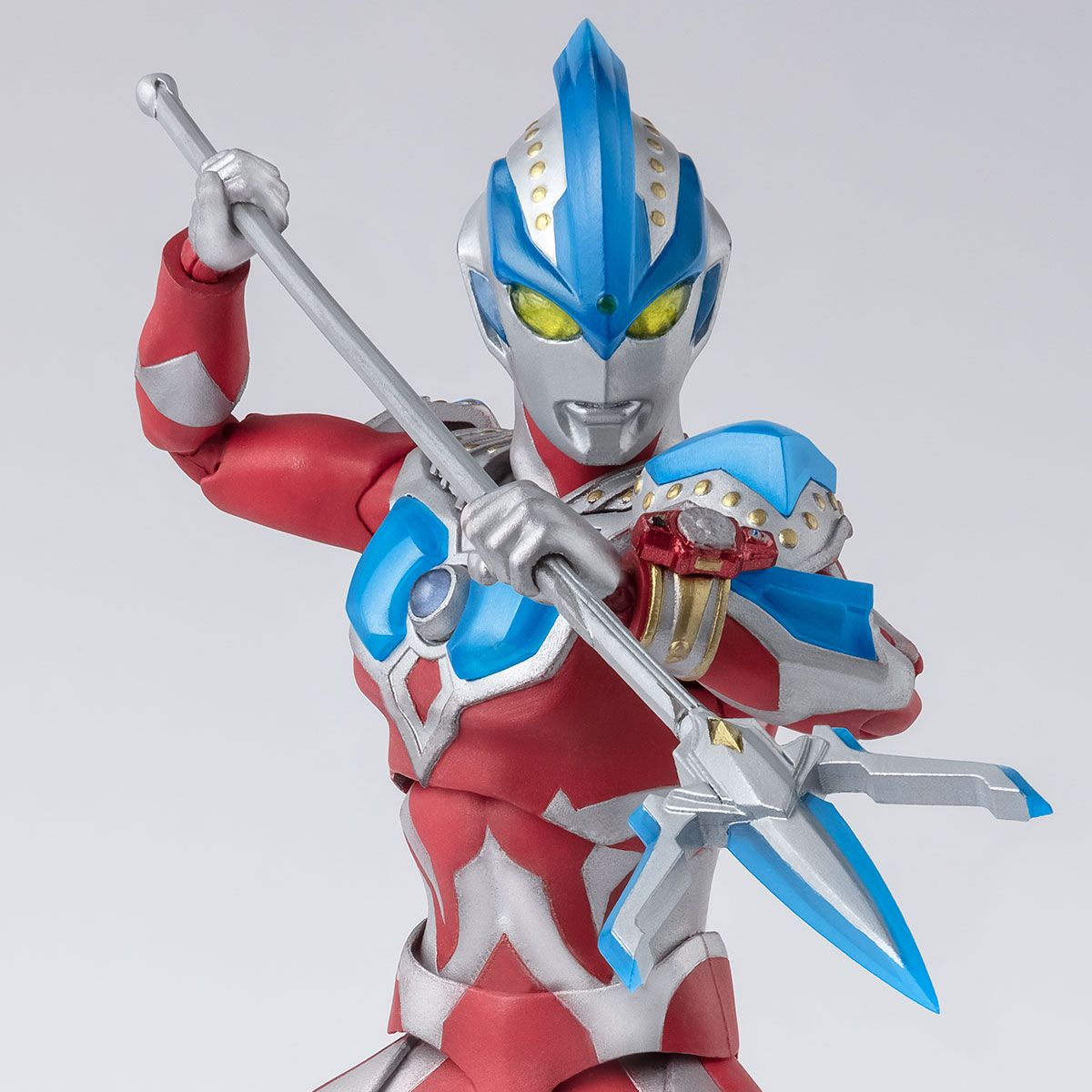
Ultraman is sort of the Superman of Japan. He's an otherworldly defender who stands as a symbol of individual power and bravery. He's a brightly, clad paragon of pure altruism who always shows up just in time to protect the Earth from whatever malevolent force might be threatening it. Like Superman, Ultraman can often feel at odds with the grim reality of the world we inhabit but when he’s done right he can be a potent and useful avatar of hope. He's also a giant guy who shoots lasers out of his elbows and karate chops monsters. I should hope I don't have to explain why that's cool.
